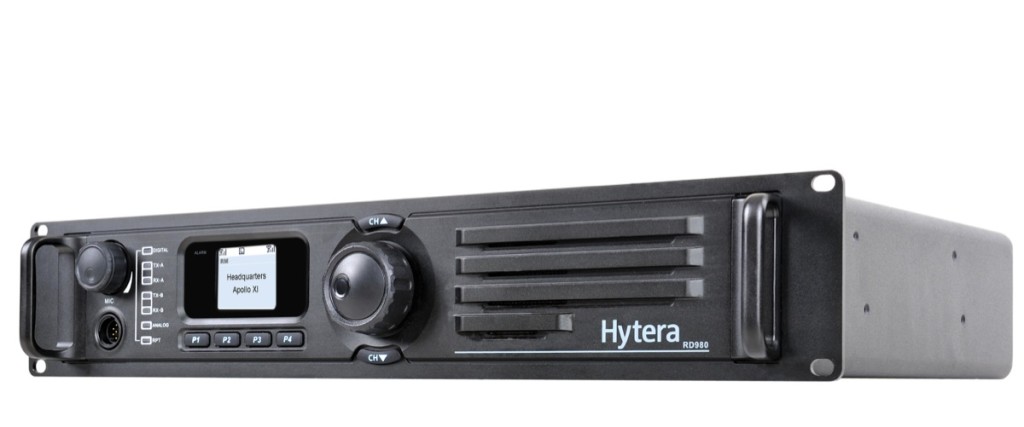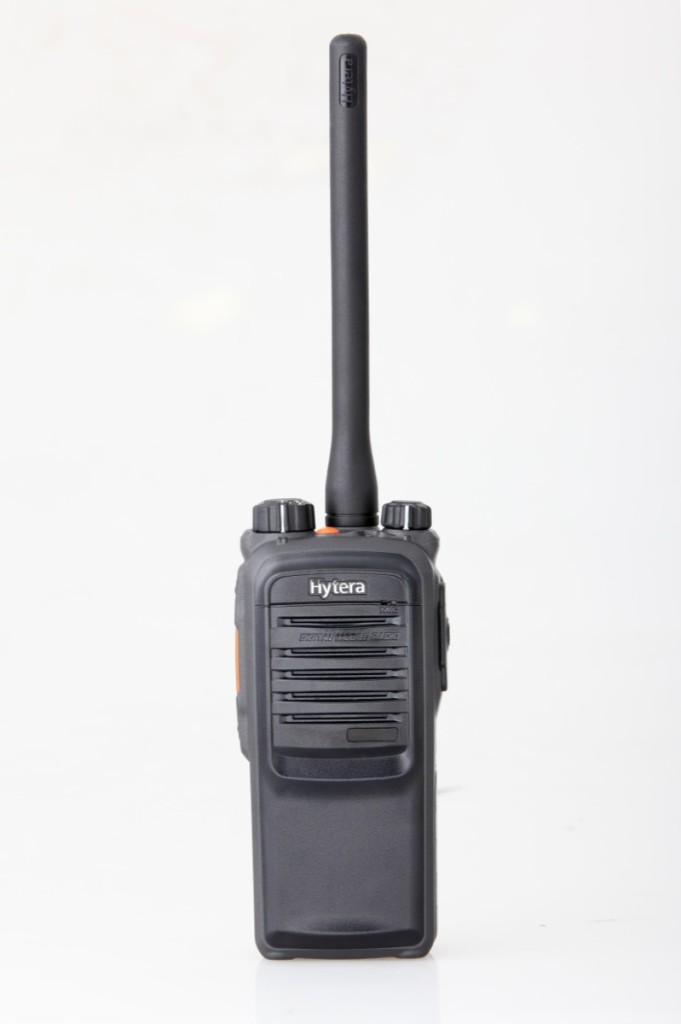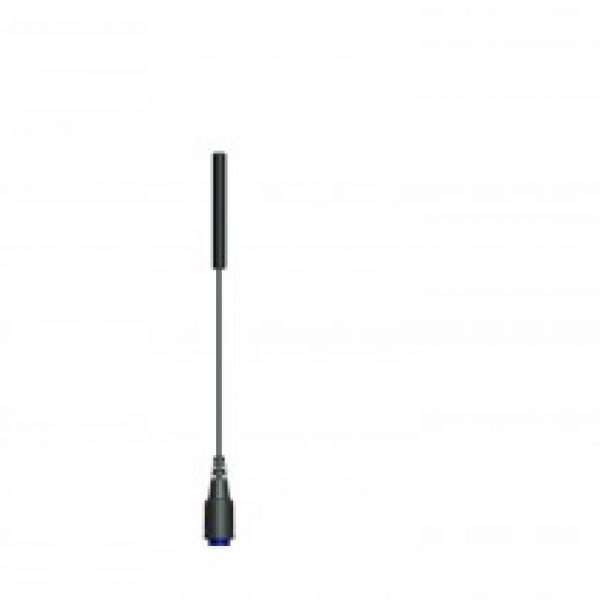Installing a Radio Repeater
Installing a radio repeater has two advantages.
The first advantage is an increase in communications range.
The second advantage is that it overcomes signal dead spots.
What I mean by dead spots, are areas of the desired coverage area, that radio signals cant reach.
Reasons for dead spots
Dead spots are caused by the received signal being too weak, or blocked.
If the received signal is too weak, then it is below the set signal threashold, to operate the receiver.
Signal attenuation is the term for the signal being weakened.
Objects in the landscape between the transmitter and receiver, will attenuate the signal strength.
Objects can be natural landscape features, or made by humans.
Natural features include valleys and caves.
Human made objects include buildings and bridges.
An alternative reason for dead spots is signal blocking.
The signal is blocked by certain materials used in buildings, such as metal.
Hills and mountains will also block the signal, as they are too thick for the signal to pass through.
What does it do
The repeaters purpose is to boost the signal strength.
It does this by receiving a weak signal, and simultaneously re-transmitting it.
The re-transmitted signal is much stronger than the received signal.
The stronger signal therefore boosts communication range.
Different Types
There are several different types of repeater.
Older repeaters will be analogue.
Newer repeaters will be digital, or capable of both.
The two main digital repeater standards are dPMR & DMR.
DMR standard is the most popular amongst manufacturers, and hence what we reccomend.
We reccomend DMR, as there is more equipment available.
VHF or UHF
Another consideration when installing a repeater, is radio frequency.
VHF is short for Very High Frequency.
UHF is short for Ultra High Frequency.
VHF and UHF are known as frequency bands.
VHF frequencies range from 30 MHz up to 300 MHz.
UHF frequencies range from 300 MHz to 3 GHz.
Written by: Craig Miles





